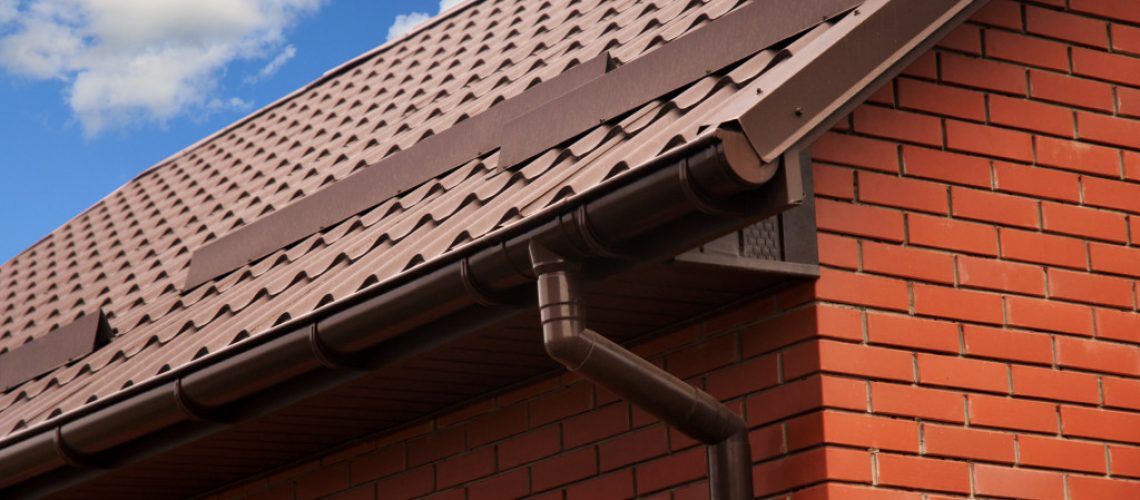Home renovation boomed during the pandemic. Construction, in general, might’ve experienced delays due to supply chain disruptions, but thanks to home renovation, remodeling contractors and architects found their hands full despite the crisis.
As for the specific projects that boomed, they still include the ever-popular ones. Those are kitchen remodels, bathroom remodels, and finishing the basement. Smaller-scale improvements, such as dining room upgrades, living room upgrades, and bedroom upgrades, also boomed.
Roof replacement services, a pricey but crucial home upgrade, have also seen major growth over the last year. Both commercial and residential markets of the sector grew. The most in-demand roofing material, unsurprisingly, was asphalt shingles.
Asphalt shingles are the most common roofing material in American homes. It’s long-lasting, appealing, and most of all, affordable. However, shingles aren’t as long-lasting as slate or metal. Its durability isn’t top-tier either. While the material fares well in humidity, the individual shingles become prone to coming off when the weather turns harsh.
Hence, roofing contractors or suppliers should also promote their higher-quality materials. Though expensive, they’ll guarantee a higher return on investment (ROI), allowing their customers to profit from their roofs after their home’s resale. Without further ado, these are the expensive but worth it roofing materials:
1. Plastic Polymer
Plastic polymer will last for more than 50 years and is a highly durable material. It’s designed to look like slate or wood shingles, disguising their actual material, which is, of course, plastic.
Since it reuses plastic, plastic polymer is a green type of roofing. This quality gives them a strong selling point. Besides, from a roofing contractor or builder’s perspective, plastic polymer is already an easy sell. It’s lightweight, so homeowners can install it without a pro, unlike clay or slate. The material also requires less maintenance compared to asphalt shingles.
In addition, polymer’s surface is smooth, allowing rainwater to run off and flow smoothly to the gutters. Homeowners who collect rainwater will benefit from this roof the most.
2. Slate

Slate suits homeowners who prefer to balance traditional and modern styles. As one of the oldest roofing materials, slate costs the most, ranging from $1,000-$2,000 per square foot. Skilled professionals are also required to install it.
Homeowners will get what they paid for, though. Slate roofing can last for 75 to 150 years. With proper installation and maintenance, it may even surpass 150 years. As such, it’s also considered a sustainable roofing material.
Indeed, slate is a naturally occurring material. It is a metamorphic rock composed of clay minerals and mica. It can create quartz, feldspar, calcite, pyrite, hematite, and roofs without releasing toxins. Finally, slate is one of the densest roofing materials. Hence, it’s energy-efficient.
3. Solar Glass
Solar glass roofing can last a lifetime. Only Tesla offers the material, but the closest thing to it is solar panels.
Solar glass comes with a lifetime warranty and boasts a high hail rating. And of course, it offers the highest energy efficiency, which is reflected in its hefty cost. But investing in this roof can allow homeowners to qualify for tax credit, which can offset its costs, depending on where they live.
Furthermore, instead of saving energy, solar glass generates energy. As a result, homeowners with this roof can stop relying on fossil fuels for their electronics. Their utility bills will significantly decrease, reducing their overall costs of living.
4. Clay Roof Tiles
Homeowners who lean into the Mediterranean aesthetic will love clay roof tiles, sometimes called terracotta. This roofing material lasts for up to 50 years with little to no maintenance. Concrete tiles are also available, costing a little less than clay. Clay tiles cost $800-$1,000 per square foot, while concrete is only $300-$500.
The only downside of roof tiles is their production process, which uses a significant amount of energy. But the tiles are made mostly from natural products, so they are at least recyclable. If you’re a local roof tiles manufacturer, your products can be considered sustainable. Concrete is also energy efficient.
Bonus Tip for Roofing Contractors: Factors that Increased the Demand for New Roofs
It is important to note that homeowners aren’t the only ones who demand new roofs at this time. The rise in e-commerce also contributed to the increased demand for new roofs. It means there will be a need for more commercial buildings to accommodate the growing volume of shipments. Hence, roofing contractors should also target warehouse developers.
Roofing contractors should opt for rail transport to ship roofing materials more economically. It will allow them to save on rising truck costs. In turn, they can reduce the prices of expensive roofs, making them more attractive in the market.
The boom in home renovation and new commercial construction doesn’t seem to show signs of slowing down yet. So take advantage of this period to sell top-quality roofing.

